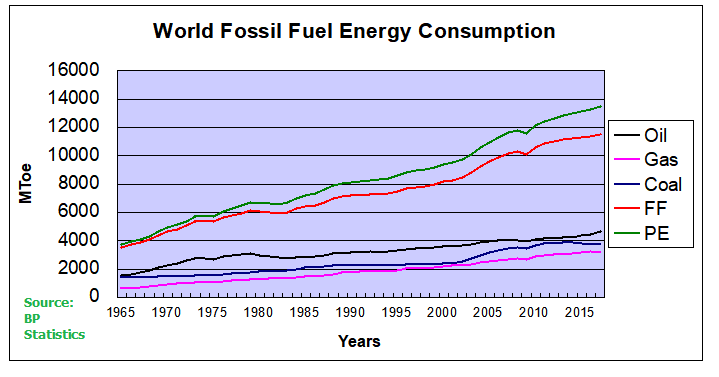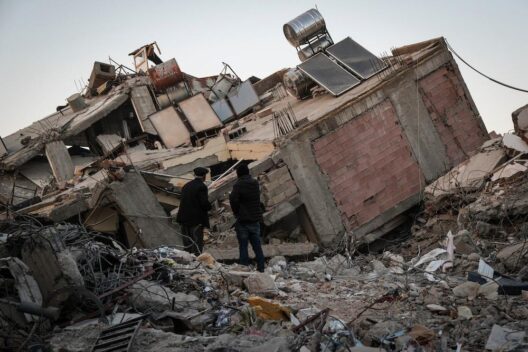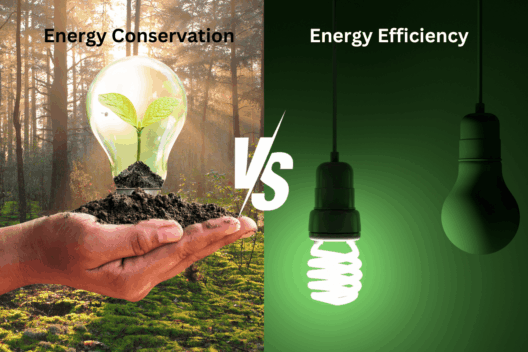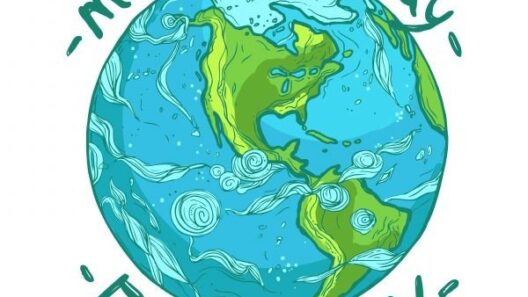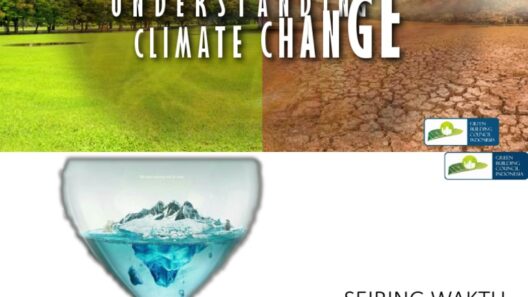The relationship between human population growth and global warming is a multifaceted and critical issue that warrants extensive exploration. As the world’s population approaches a staggering ten billion, understanding how this growth translates into increased greenhouse gas emissions is paramount. The implications for our environment, economy, and future generations can be dire if left unaddressed.
To comprehend the intricacies of this relationship, one must begin with the basic premise: more people mean more demand. This demand manifests in various forms, including energy production, transportation, consumption of goods, and agricultural practices. Each of these sectors has its own carbon footprint, and the cumulative effect of millions of individuals engaging in these activities can be monumental.
At the core of this dynamic lies the concept of carbon emissions, which are primarily released through the burning of fossil fuels. As populations swell, the consumption of fossil fuels intensifies. For instance, urbanization is a trend marked by increased energy needs to sustain city life—think of the electricity required to light homes, power public transportation, and fuel industrial production. Such exponential increases in energy consumption lead directly to raised levels of carbon dioxide and other greenhouse gases in the atmosphere.
Additionally, consider the agricultural sector. Population growth necessitates food production on an unprecedented scale. To meet this insatiable demand, modern agriculture employs methods that are heavily reliant on synthetic fertilizers, pesticides, and intensive livestock farming practices. Each of these contributes not only to carbon emissions but also to methane and nitrous oxide release—two potent greenhouse gases that are adept at trapping heat in the atmosphere, further exacerbating climate change.
As we dissect these sectors, the interconnectedness of human activities becomes increasingly evident. Urban sprawl, for instance, does not merely create a need for more homes; it often results in deforestation to clear land for development. These lost forests, which naturally absorb CO2, are critical for moderating the effects of climate change. Furthermore, the disruption of ecosystems leads to biodiversity loss, which in turn affects the planet’s resilience to environmental changes. The intricate web of life that sustains us is increasingly vulnerable to the pressures exerted by growing human numbers.
Yet, the implications go beyond environmental degradation. The socio-economic ramifications of population growth can be profound. As the global population expands, resource scarcity becomes an ever-looming threat. Water shortages and food insecurity can lead to geopolitical tensions, humanitarian crises, and social instability. In regions already facing challenges related to poverty and inadequate infrastructure, the consequences of population growth can be catastrophic.
To truly grasp the significance of human population as a driver of climate change, it is essential to adopt a systemic perspective. Our societies operate within a framework of consumption and production that perpetuates ecological degradation. Consumption patterns in developing nations often mimic those of wealthier countries as aspiration levels rise. What we observe is a global race to modernity that places unsustainable pressure on the planet’s finite resources. Excessive consumption replicates environmental challenges across continents, leaving no region untouched by the consequences of climate change.
Moreover, population growth often correlates with increased inequality. It is primarily those in developing regions who bear the brunt of the impacts of climate change, despite contributing less to its causes. In addressing climate change and population issues, we must acknowledge the ethical considerations of equity and justice. The quest for sustainability must incorporate an understanding of how socio-economic factors influence environmental degradation and climate resilience.
With these complexities laid bare, it is imperative to explore solutions that can bridge the chasm between population growth and climate stability. Education and empowerment stand out as critical pathways. By equipping individuals, especially women, with access to education and family planning resources, societies can achieve a stabilization of population growth rates. Studies show that higher education levels correlate with lower birth rates, greater employment opportunities, and reduced per capita environmental impact.
Furthermore, shifting consumption patterns is vital to mitigating the repercussions of population growth. Transitioning to renewable energy sources, promoting sustainable agricultural practices, and encouraging minimalistic consumption can contribute significantly to reducing greenhouse gas emissions. Leaders across the globe must foster policies that champion sustainability and resilience, ensuring economic and environmental priorities align.
In summation, the intersection of human population dynamics and global warming represents a pivotal area of concern for environmental advocates and policymakers alike. Individuals can catalyze change through informed choices and communal action, reinforcing the notion that every person counts in the fight against climate change. As we navigate this critical juncture in history, the imperative to understand and address the roots of human-induced climate change becomes clearer. Only by shifting perspectives and fostering innovative solutions can we hope to secure a livable planet for future generations.



